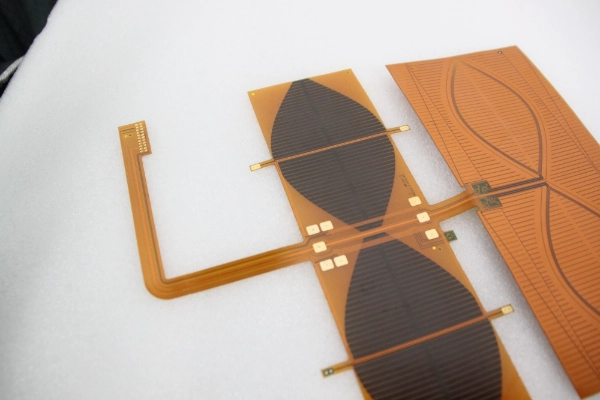1. What is a horizontal dewatering machine?
A horizontal dewatering machine is a type of equipment used to remove moisture or liquids from solid materials, such as sludge, industrial waste, or agricultural byproducts. It operates by applying mechanical pressure or centrifugal force to separate the liquid from the solids.
2. How does a horizontal dewatering machine work?
A horizontal dewatering machine typically consists of a rotating drum or screw conveyor, which transports the material through a series of screens or filters. As the material moves through the machine, the liquid is forced out, while the solids are retained and discharged.
3. What are the advantages of using a horizontal dewatering machine?
Some advantages of using a horizontal dewatering machine include efficient moisture removal, reduced volume and weight of the solid waste, improved handling and disposal, and potential for resource recovery from the separated liquid.
4. What types of materials can be processed by a horizontal dewatering machine?
Horizontal dewatering machines can handle a wide range of materials, including sludge from wastewater treatment plants, food waste, animal manure, industrial slurry, and various types of solid waste.
5. What are the key factors to consider when selecting a horizontal dewatering machine?
When choosing a horizontal dewatering machine, important factors to consider include the type and characteristics of the material to be processed, desired moisture reduction, processing capacity, energy efficiency, maintenance requirements, and overall cost-effectiveness.
6. Can a horizontal dewatering machine be customized to specific requirements?
Yes, many manufacturers offer customization options for horizontal dewatering machines to meet specific needs. This can include adjusting the size, capacity, and features of the machine to suit different applications.
7. What maintenance is required for a horizontal dewatering machine?
Regular maintenance for a horizontal dewatering machine typically involves cleaning, inspection, and lubrication of the components, as well as checking for any wear or damage. It is also important to follow the manufacturer's guidelines for maintenance and servicing.
8. Are there any safety considerations when operating a horizontal dewatering machine?
Yes, safety is crucial when operating a horizontal dewatering machine. Operators should be trained on proper usage and safety protocols, such as wearing appropriate personal protective equipment, ensuring proper machine guarding, and following lockout/tagout procedures.
9. Can a horizontal dewatering machine be integrated into an existing production line?
Yes, horizontal dewatering machines can be integrated into existing production lines. They can be connected to other equipment, such as conveyors or storage systems, to streamline the dewatering process and optimize workflow.
10. What are the potential applications for the separated liquid from a horizontal dewatering machine?
The separated liquid from a horizontal dewatering machine, often referred to as filtrate or effluent, can have various applications depending on its composition. It may be suitable for reuse, further treatment, or disposal in accordance with local regulations and environmental considerations.
Lianding
recycleplas@163.com


More Stories
Inside Dconntek’s Rectangular Connector Series: Built for Precision and Durability
The Impact of Temperature on Oscillator Performance and Stability
Choosing the Right Low-Voltage Three-Phase Motor: Key Specifications & Best Practices